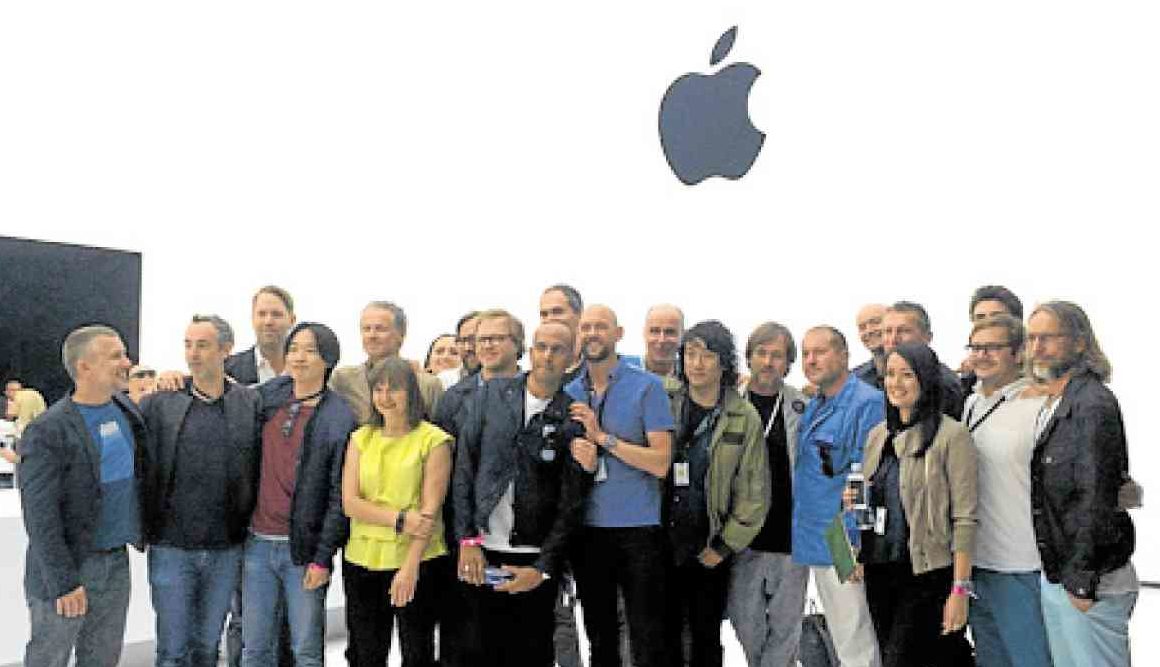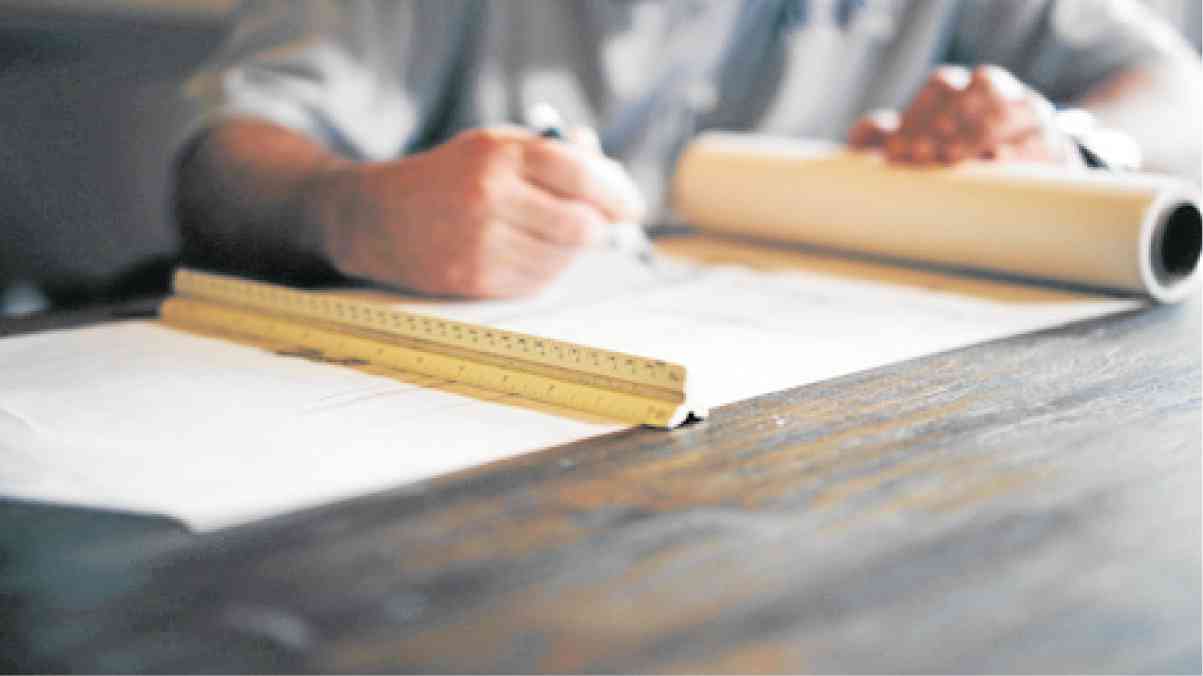
The COVID-19 pandemic continues to challenge businesses and the property sector hasn’t been spared.
Increased uncertainty and the possibility of a protracted economic crisis have put even the largest property developers on a cautious mode, pulling projects back, shifting priorities and pivoting towards lower-risk projects. Operational shifts have also been observed, such as relying more on in-house capabilities rather than outsourcing as a tactical approach.
Overall, the light approach to projects is a prudent measure during a crisis and could be a step towards elevating in-house capabilities and building expertise that can become a competitive advantage in the long term.
‘Elite teams’
In-house design teams of iconic firms such as Apple’s Industrial Design Group, Disney’s Imagineers and even Lockheed’s Skunk Works have attained legendary status for their products as well as for their secretive elite teams and the star designers behind them—Apple’s Jony Ive, Braun’s Dieter Rams and a host of chief designers in numerous companies.
Whether designing places, products or brands, in-house teams offer the advantage of confidentiality, exclusivity, convenience, full-time involvement, alignment with corporate goals and deep knowledge of product and processes. The most effective resident design teams balance in-house design work with outsourced work, collaborating with external talent and specialist firms to achieve optimal outcomes while infusing new knowledge into the organization.
Building and growing an in-house design team is a strategic decision but its beginnings are often modest and practical in nature—usually a result of providing necessary but peripheral technical support to avoid the expense of hiring outside expertise.
As a company grows and industries mature, however, design has the opportunity to evolve as a competitive advantage for companies. Their in-house design teams can inject the “secret sauce” to products or be the secret sauce themselves. After all, designs and products can easily be copied, but the organizations that produce them? Not so.

Purpose of in-house design team
Having had the privilege of heading the in-house team of one of the country’s leading property developers for a number of years, I have been consulted by different companies on how to manage their resident designers. A good place to start is by asking, “what is the purpose of the in-house team? What is the company’s view about design? What is its aspirations for its resident designers?”
Of these, the company’s views about design is the most relevant. One cannot build an excellent design team without a firm belief in the role of design in the organization. The role of design in property development is significant although often unarticulated. Property development derives value from the creation of space at the intersection of markets and locations, which is essentially a function of planning and design. The better the quality of the space, the higher the value. It is from here that brands are built.
Design as information, design as culture
All design is information—ideas codified into a form that can facilitate implementation and use. Information distilled over time by application and experience is knowledge. Thus, the value of a design team is in the depth and breadth of knowledge it has acquired—its collective expertise spanning numerous projects and across the entire team.
This is ultimately the core of a design team’s enterprise—the care and feeding of this knowledge, and the ability to leverage it on any project and any situation. In a design-oriented company, such knowledge is viewed as resource and therefore a form of capital—invested, grown and deployed to generate tangible value in the marketplace. Effective design knowledge allows faster decision-making upstream in the corporate organization, and streamlines lateral and downwards coordination.
While designs can easily be codified, design knowledge cannot, just like most expertise.
Design knowledge requires a culture where it can flourish and be transferred across multiple individuals and generations of individuals. Each organization develops its own culture—unique ways of doing things and thinking about things: symbols, language, back stories and anecdotes, norms, tips, styles and rules of thumb.
These are memes. They are to organizations as genes are to life—they allow the team to adapt and evolve. They are bits of knowledge and institutional memory passed on informally through observation, collaboration and interaction. Within design teams, memes and knowledge are passed on freely and informally until they become part of collective behavior and organizational DNA—an endosomatic resource.
Knowledge is a non-rival good that amplifies over time if the team is organized for the free transmission of ideas through proximity, non-hierarchy and the continuity of the organization. While design benefits from interdisciplinary groups, depth of expertise comes from intradisciplinary knowledge: designers learning from fellow designers.
In-house teams can be knowledge hubs as well as centers of excellence where unique designs can take the form of corporate intellectual property, contributing to real assets for companies. In other instances, the practice can be exported as in the case of Surbana Jurong, a global planning firm which was originally a division of Singapore’s Housing Development Board.

Designing the future
Ironically, many companies fail to harness the full potential of their in-house design teams by restricting the team’s capacity, capability and cultural infrastructure. Often this is due to a limited and reductive view of design as a transactional item in the development process: as a means to extract value through efficiency maximization and cost reduction, rather than as an additive element: a means to create new value (innovation).
This limited view leads to a failure to invest in the growth of their in-house teams—a form of depreciation of capital.
As we move further into uncharted territory, the opportunity and necessity for innovation increases.
In the property sector this includes new ways of creating meaningful and responsive environments. So much space in buildings and cities are now seeking new relevance with new needs emerging from the crisis, requiring people-centric solutions and creative design thinking. Innovation in our built environment has never been more urgent. Responding to this need requires vision and purposeful design.
The future will belong to firms able to leverage design in this emerging blue ocean.
The author is founder and principal of JLPD, a masterplanning and consultancy practice. Visit Jlpdstudio.com
Article and Photo originally posted by Inquirer last April 11, 2021 1:20am and written by Ar. Joel Luna.







More Stories
Vista Land Celebrates 50 Years with Sandiwa: An Event Honoring Leadership, Legacy, and the Filipino Dream of Homeownership
Vista Land Celebrates Love Month in Ilocos Region
Vista Land Bridges Cebuano Heritage and Progress with Valencia by Vista Estates